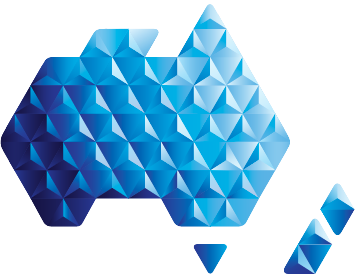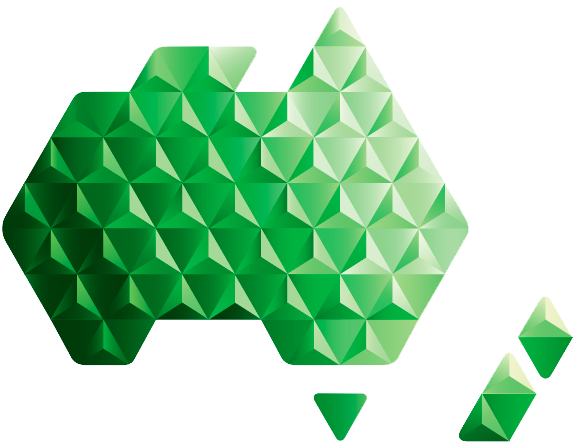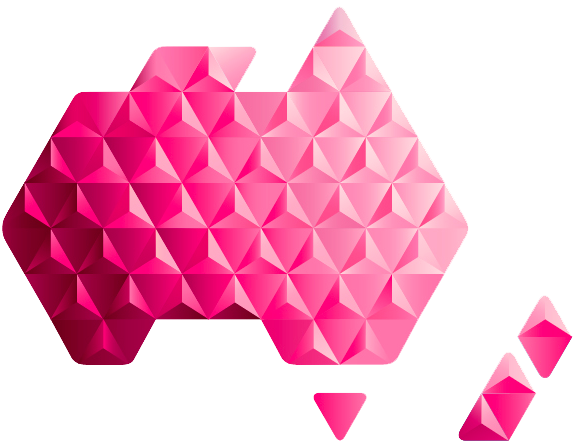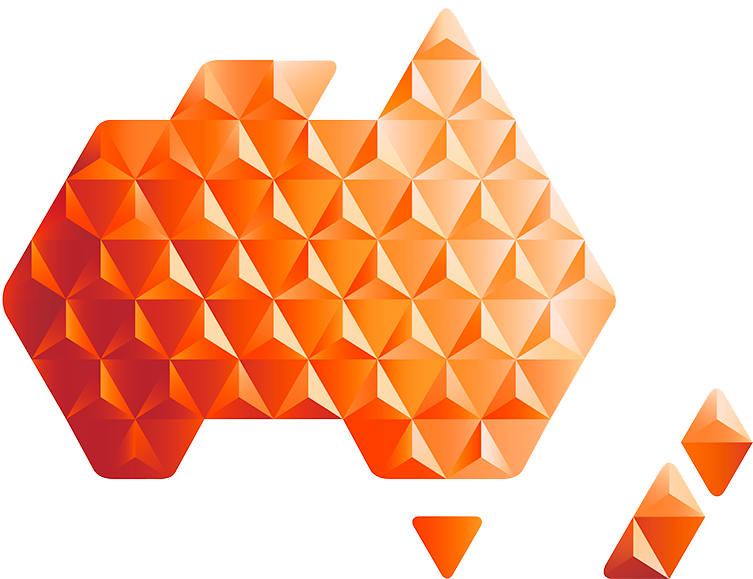Tissue and Eye banks across Australia provide data for cardiovascular, musculoskeletal, skin tissue and amnion donations.
Musculoskeletal donations can be in the form of bone, tendon and ligaments and are utilised for knee and hip replacements, reconstructive orthopaedic surgery following trauma or disease and spinal deformities and can aid in prevention of limb loss following tumour removal. Just one musculoskeletal donation can aid many recipients and greatly improve their quality of life.
Cardiovascular tissue incorporates donations of heart valves, pericardium and thoracic aorta. Heart valves are necessary to regulate the flow of blood to and from the heart, whereas pericardium can be used during neurosurgery or, like the thoracic aorta, can also be used for vascular repair of defects or injury.
Donated skin contributes to saving lives and improving long term outcomes for patients who suffer severe burns. Donated skin is essential when a patient’s own skin cannot be used for grafting. Using donated skin as a wound “dressing” helps reduce infection, fluid loss and pain, promotes wound healing and minimises scarring. Often recipients will require more than one donated graft for their wounds to heal. Skin grafts are also used to treat wounds resulting from trauma and serious infection. Eye banks in Australia provide data for eye donation including corneal and sclera tissue donations.
Amnion donations provide tissue for medical products that improve the outcomes of many types of surgery, as well as the treatment of various types of wounds. Amnion is the inner most layer of the embryonic membranes. It has the potential to be used in a variety of ways due to the tissues natural barrier properties and can assist in many areas of wound care, barrier grafts, burns care, diabetic ulcers and eye surgery. It benefits those who receive amnion with anti-adhesive healing properties, reducing scar tissue formation and inflammation, resulting in an enhanced speedy recovery for the recipient.





